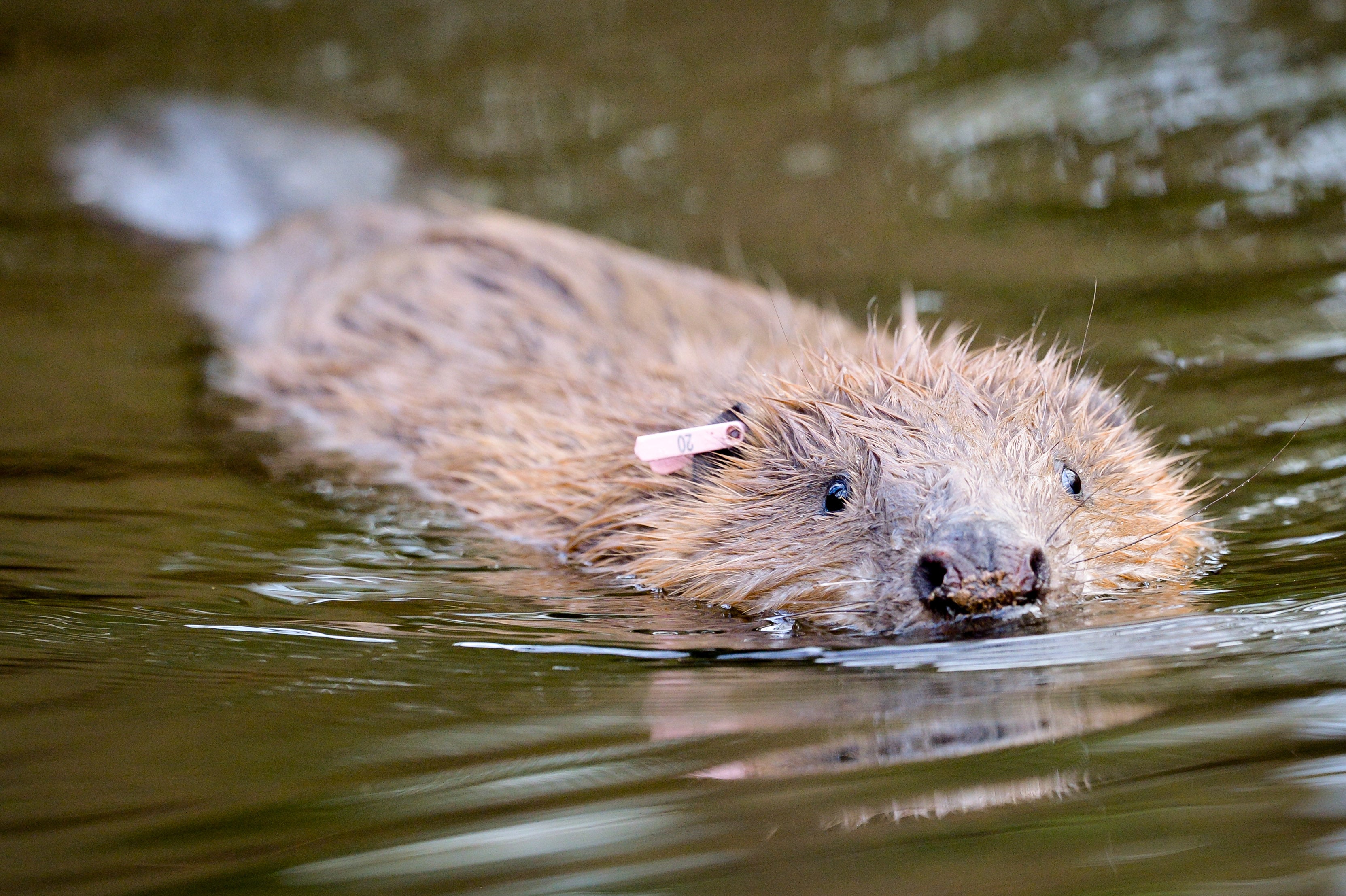How the return of beavers is benefitting brown trout in Scottish rivers
Species’ impact on river habitats are boosting populations of brown trout


Your support helps us to tell the story
From reproductive rights to climate change to Big Tech, The Independent is on the ground when the story is developing. Whether it's investigating the financials of Elon Musk's pro-Trump PAC or producing our latest documentary, 'The A Word', which shines a light on the American women fighting for reproductive rights, we know how important it is to parse out the facts from the messaging.
At such a critical moment in US history, we need reporters on the ground. Your donation allows us to keep sending journalists to speak to both sides of the story.
The Independent is trusted by Americans across the entire political spectrum. And unlike many other quality news outlets, we choose not to lock Americans out of our reporting and analysis with paywalls. We believe quality journalism should be available to everyone, paid for by those who can afford it.
Your support makes all the difference.The return of beavers to Britain, four centuries after they were hunted to extinction, has led to fears over their potential impact.
How will their tree-felling impact the landscape? To what extent will their dams reconfigure watercourses? And how will the fish that live in these habitats be affected?
But while there has been concern that beaver dams could be an obstacle to Scotland’s wild salmon swimming upriver to spawn, new research suggests those fears may be unwarranted.
A research team led by scientists at the University of Southampton found that, by building dams across shallow streams, the beavers created deeper pools that not only increased the availability of suitable habitat but also boosted the abundance of available food – benefiting commercially and ecologically-important brown trout.
The researchers said that, as a result of beaver activity, the trout tended to grow larger, and had grown well throughout the year,resulting in the largest specimens – of particular interest to fishermen – being much more abundant.
They said that in the newly beaver-modified habitat the trout also benefited from the provision of sanctuary from predators.
PhD student Robert Needham, from the International Centre for Ecohydraulics Research at Southampton, said: “There has been a great deal of concern about the possibility of beaver dams blocking the upstream and downstream migration of Atlantic salmon and trout as they move to and from their spawning grounds, as well as impacting habitat quality. This study explored how brown trout respond to beaver activity.”
Professor Paul Kemp from the University of Southampton, the project lead, said: “This is the first published research of its kind conducted in the UK. Most of our understanding of beaver-fish interactions is based on North American studies which involves a different species of beaver, and different species of fish.
“The results of this study are important because it is hoped that they will allay fears expressed by some representatives of fisheries interests that beavers may be damaging to fish stocks.”
The project was conducted in collaboration with the Game and Wildlife Conservation Trust (GWCT), the Salmon and Trout Conservation and NatureScot.
Dylan Roberts, head of GWCT Fisheries, said: “We welcome the results of this much needed UK based published work to inform what is currently a very topical debate. The fact that numbers of larger trout responded positively to pools created by the beavers is good news.
“However, there is still much to learn to see if their dams impede the upstream migration of adult salmon and trout on their way to spawning grounds and the downstream migration of juvenile fish.”
The findings are highly relevant due to the growing number of beaver reintroductions and natural recolonisations gaining pace across Scotland, England and Wales.
The research is published in the Canadian Journal of Fisheries and Aquatic Sciences.
Join our commenting forum
Join thought-provoking conversations, follow other Independent readers and see their replies
Comments